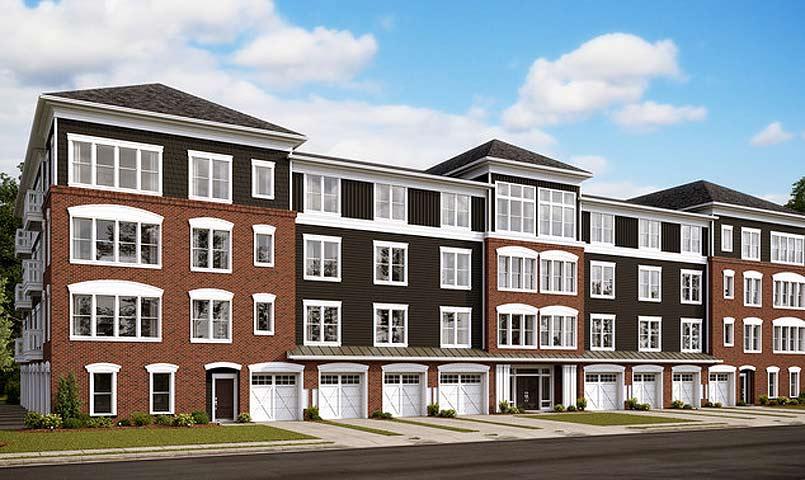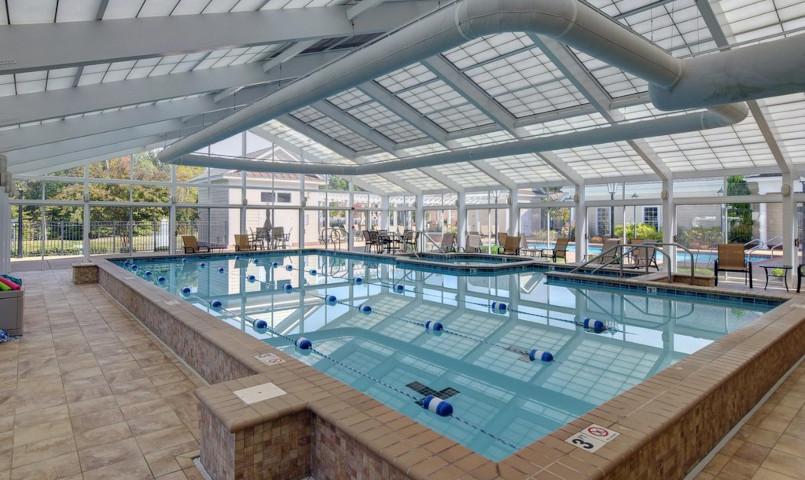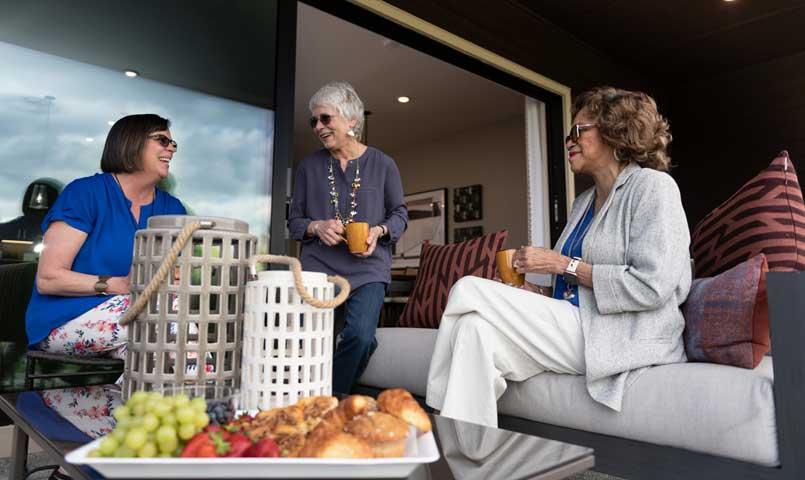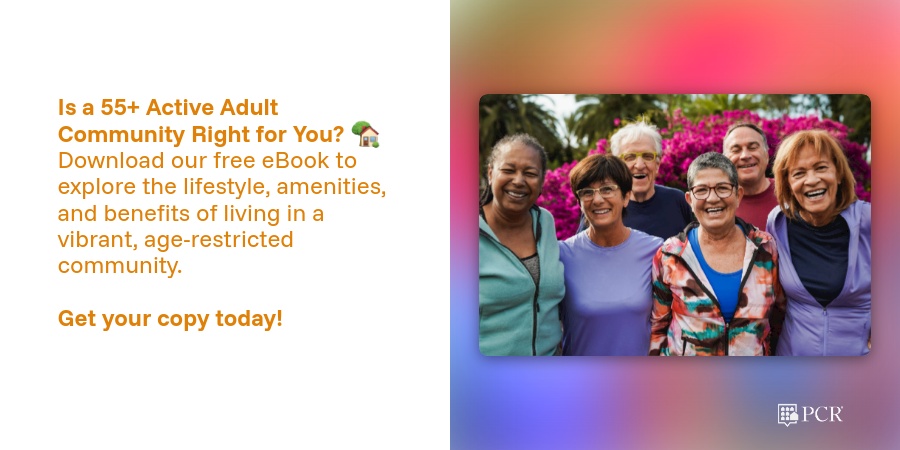by Robert Borges on October 16, 2024
Choosing where to live is a major decision, especially as we grow older. For those over 55, communities designed specifically for their needs offer a distinct living experience.
55+ communities offer a living environment created with the preferences and needs of older adults in mind. This contrasts in many ways with traditional neighborhoods, which mainly consist of self-maintained homes with unrestricted access.
Many states, such as Florida, Georgia, and South Carolina are known for their 55+ communities due to their favorable weather, relaxed pace, and active lifestyle options.
But what exactly sets these 55+ communities apart from standard neighborhoods? Let's take a look at some of the key differences.
Housing Options and Real Estate

One of the most noticeable differences lies in the housing options available. In 55+ communities, homes are often built with older adults in mind.
You might find single-story houses, apartments, or condos featuring step-in showers, wider doorways, and designs that require minimal upkeep.
These features make daily living easier and more comfortable. In contrast, standard neighborhoods typically offer homes without these specialized adaptations, catering to a broader range of residents.
Community Amenities and Services

Another of the many benefits of 55+ communities is the array of amenities and services. Residents in 55+ communities often enjoy access to fitness centers, swimming pools, and organized social activities.
These amenities promote an active lifestyle and foster a strong sense of community. On the other hand, standard neighborhoods may lack these specialized facilities or offer them in a less integrated manner, leaving residents to seek out activities independently.
Health and Care Services
Health and wellness are paramount in 55+ communities. Many provide easy access to healthcare services and options for continuing care.
This might include on-site clinics or partnerships with local healthcare providers, ensuring that residents have convenient access to medical support. In standard neighborhoods, such specialized health services are uncommon, and residents usually need to travel elsewhere for their medical needs.
Homeowners Association (HOA) Fees and Regulations
When it comes to fees and regulations, there are notable differences. Living in a 55+ community often involves paying HOA fees that cover maintenance, amenities, and various services.
Although many traditional neighborhoods also have HOAs, fees can be higher in 55+ communities, reflecting the additional benefits provided.
The community rules might also be more detailed, aiming to maintain a certain quality of life and environment for all residents. Part of the process of choosing the right 55+ community is getting familiar with the HOA rules before committing to one.
Social Environment and Lifestyle

The social scene in 55+ communities tends to be lively and cohesive. With neighbors at similar stages in life, there's a strong focus on activities and events that appeal to older adults.
Residents in 55+ communities can enjoy things like fitness centers, swimming pools, and organized social activities. In all, 55+ communities aim to provide easy access to a rich social network without the need to travel great distances.
This can lead to close-knit relationships and a supportive community atmosphere. In contrast, standard neighborhoods have more varied social dynamics, with a mix of families, singles, and individuals of all ages, resulting in a different community experience.
Location and Setting
The setting of 55+ communities often contributes to a peaceful lifestyle. These communities are frequently located in quieter areas like rural or suburban settings.
These communities are typically located in desirable areas that give easy access to amenities for residents. Landscaped common areas are also common and noise control rules frequently make them much quieter than a typical neighborhood.
This contrasts with standard neighborhoods, which can be found anywhere from bustling urban centers to tranquil countryside, each offering its own lifestyle.
Long-Term Living Considerations
Planning for the future is a major aspect of 55+ communities. They are designed to accommodate residents as they age, incorporating features that allow for comfortable long-term living.
Standard neighborhoods might not offer the same focus on long-term accessibility, which could lead to the need for home modifications or even relocation as needs evolve.
Family and Visitor Policies
Lastly, family and visitor policies can differ greatly. While residents in 55+ communities can certainly have family members and guests visit, there may be restrictions on how long younger individuals can stay.
This is different from standard neighborhoods, where such restrictions are rare, allowing for more flexibility with extended family living arrangements.
About the Author
With over 20 years of experience as a seasoned content creator, Robert Borges is the senior writer for Private Communities Registry (PCR), specializing in real estate trends and master-planned communities. He works closely with builders, developers, and real estate pros to create helpful content that guides homebuyers in finding the perfect community, ensuring they have the information needed to make confident, informed decisions.

